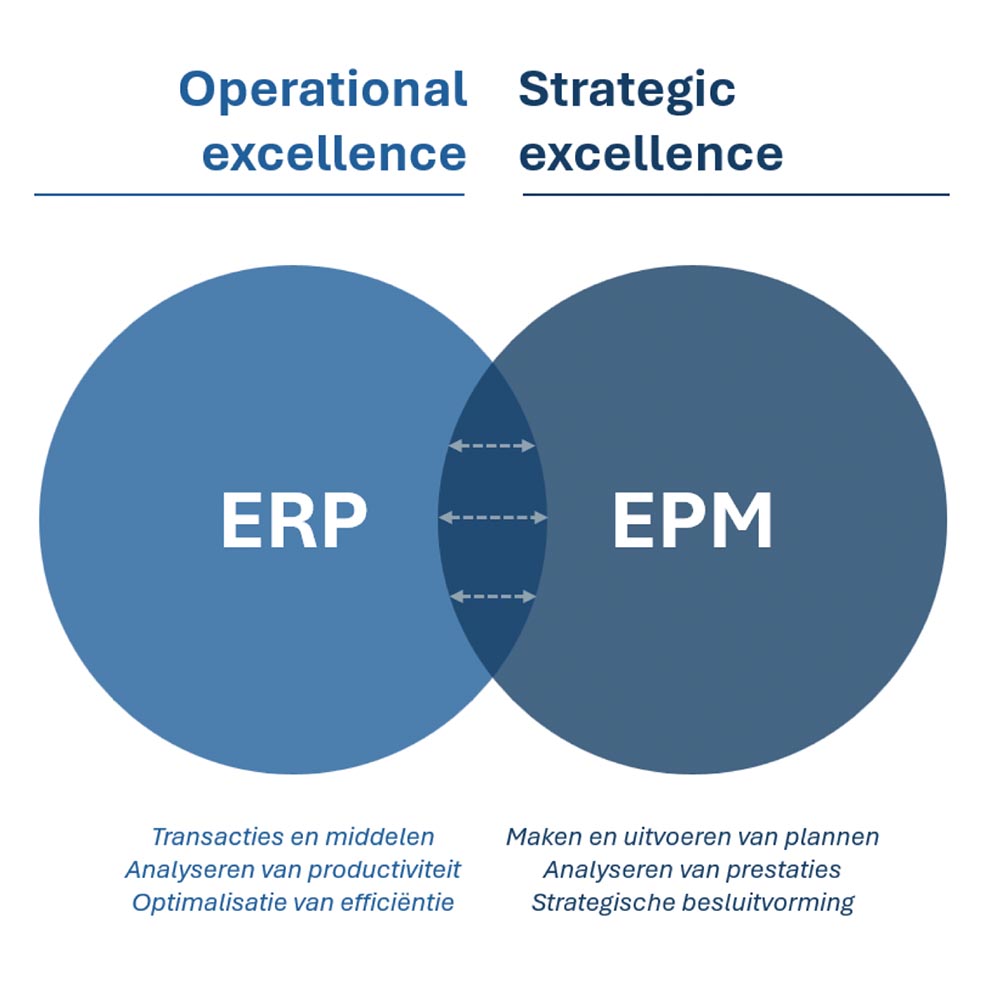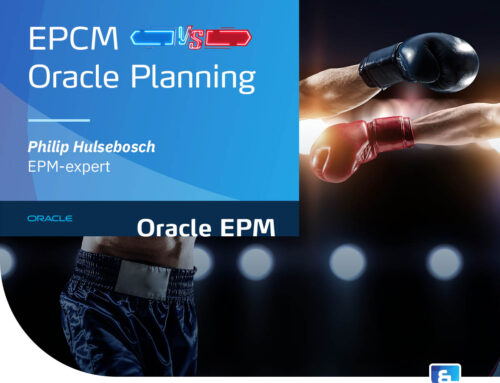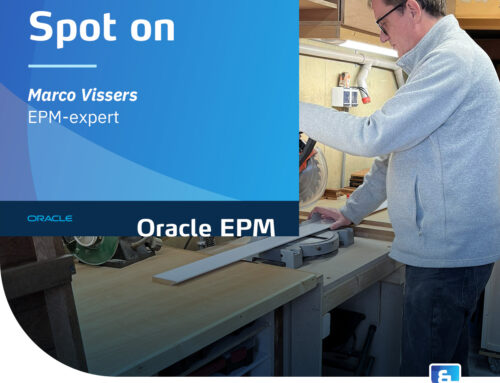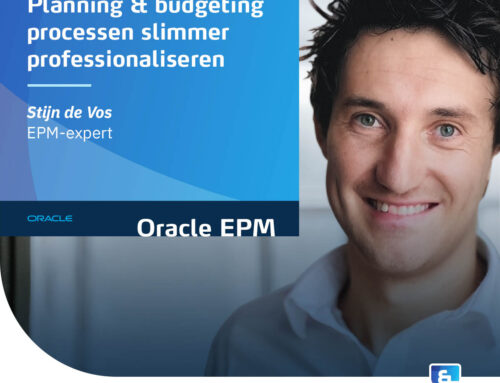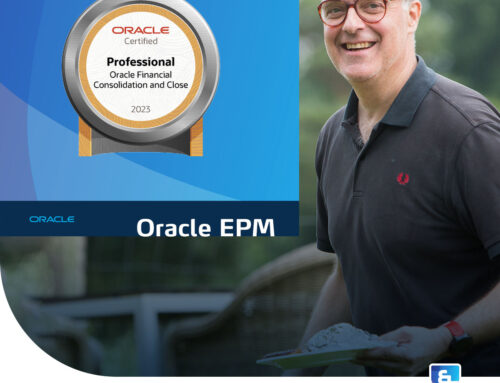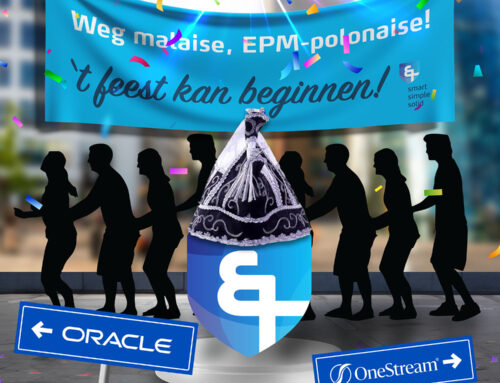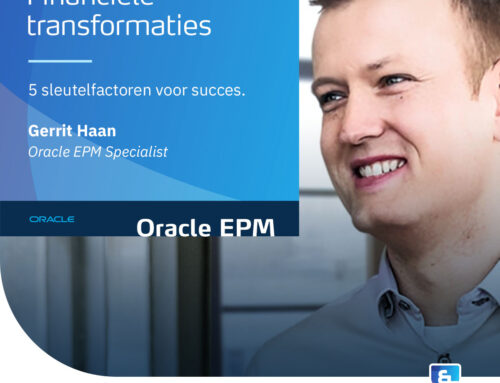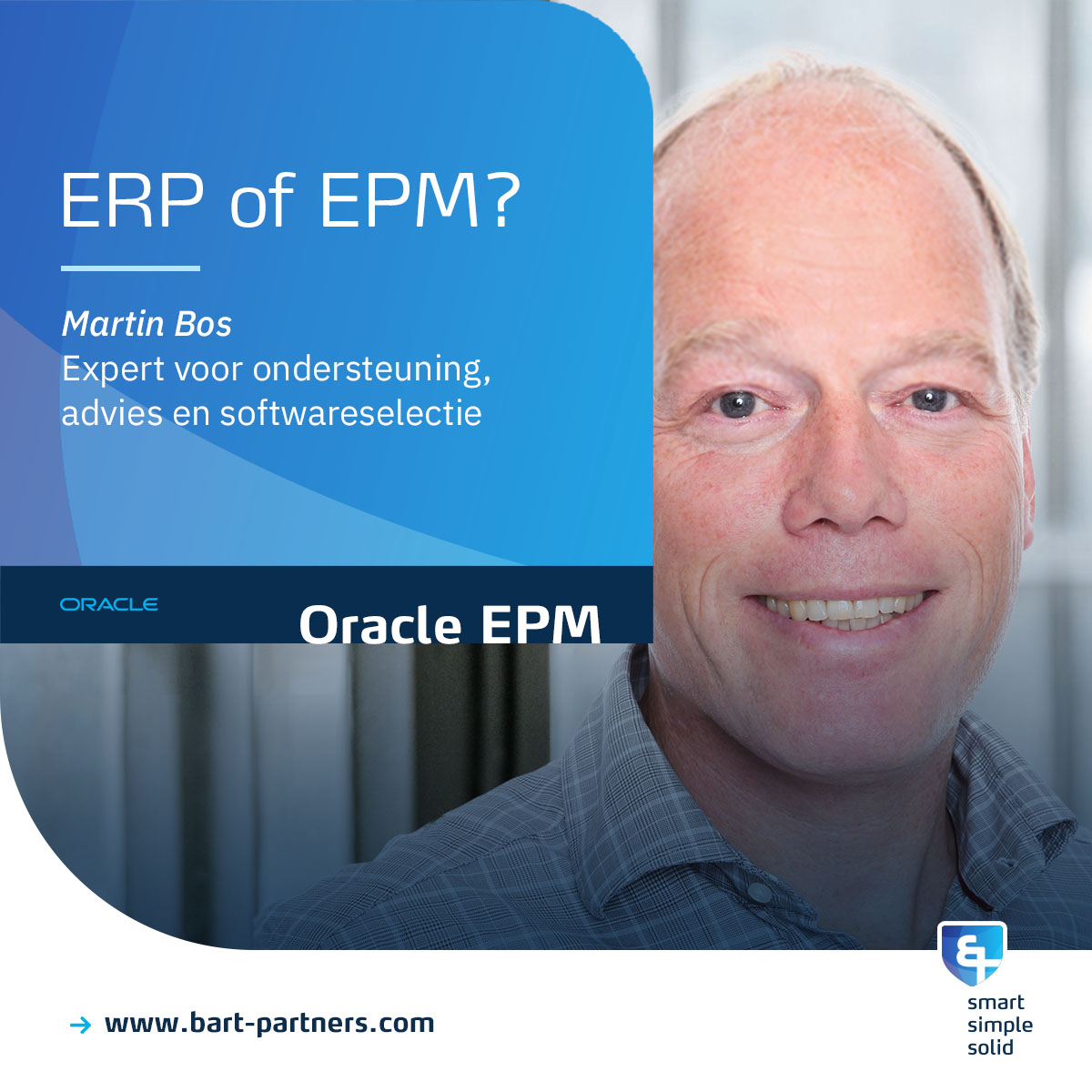
Why ERP and EPM are both indispensable forexcellence7Minutes estimated reading time
Enterprise Resource Planning (ERP) and Enterprise Performance Management (EPM) sometimes seem to operate in the same field and compete with each other. However, nothing could be further from the truth. Both systems (or rather processes) complement each other and are indispensable for successful business operations.
Whereas ERP focuses on the optimal use of time and resources (operational excellence), EPM focuses on optimal value creation and constant adaptation to changing circumstances (strategic excellence).
In this article, I talk about what you can do with ERP and EPM. And I explain how you can use Performance Management to make a difference over the competition.
ERP: indispensable for operational excellence
The term ERP is often used to describe both the process (Resource Planning) and the systems. ERP systems provide support in carrying out a company's primary activities. They enable your company to align and optimize operational processes.
ERP systems collect valuable data that tell you:
- What happened
- What the current status of a product or service is
- What next steps are planned
Suppliers of ERP systems often offer associated Business Intelligence (BI) tools to analyze the collected data in order to make process improvements. The emphasis here is on establishing effective and efficient business processes.
In short, ERP is indispensable if you want to streamline processes, seek efficiencies and facilitate data-driven decision-making.
EPM: indispensable for strategic excellence
Enterprise Performance Management (EPM) or Corporate Performance Management (CPM) refers to systems that allow you to consolidate, analyze and improve performance across the enterprise.
EPM or rather Performance Management, focuses on developing strategies and their progress. Thus, you can use EPM systems in making strategic and tactical choices by calculating and analyzing the impact of different scenarios. Data from ERP systems are often used as a source (past) for predictions of the (near) future. In addition, you traditionally deploy EPM to support budgeting processes.
EPM thus focuses on the performance of the entire organization. Originally focused on the financial goals of shareholders, but today in the interest of all stakeholders.
Excelling with Performance Management
Performance Management enables companies to focus on change management and risk management. In an EPM system or module, you can create performance models of various business processes and their environments, based on drivers and key figures. By periodically (daily, weekly, monthly) going through the four steps of a Plan-Do-Check-Act cycle, you can calculate various scenarios and make choices:
- Collect current results and relevant environmental data.
- Predicting future results based on current results, environmental data and previous actions taken.
- Determine which actions best affect the future outcome by calculating alternatives.
- Choosing the best alternative and plotting new actions.
People often think that detailed data is needed for budgets and planning, but this is rarely the case. Using drivers, you can make similar (and sometimes better) predictions.
Staying ahead of the competition
Investing in Performance Management enables companies to respond more quickly to changing circumstances. Although it is costly to develop and maintain and the focus on change management and risk management requires quite a cultural shift, it makes an organization agile.
There is a growing realization that traditional budgeting, focused on dealing with limited resources and keeping a grip on optimal execution, is less relevant and that the focus must shift to dealing with risks and seizing opportunities created by external factors, such as changes in needs and the market. Deploying driver-based Performance Management helps companies make that happen. The result? Faster and better forecasting, allowing companies to outperform their competitors.
About the author
Martin Bos is an experienced and recognized face in the EPM domain. With 20+ years of experience, Martin is the expert for support, consulting and software selection.

